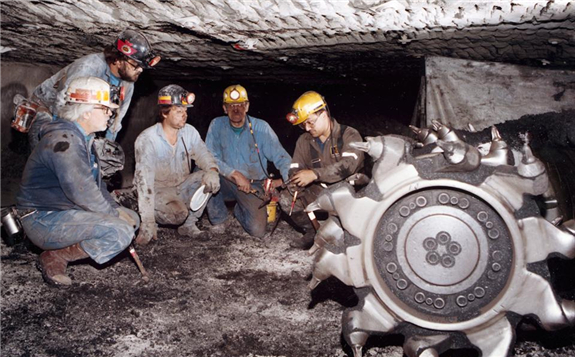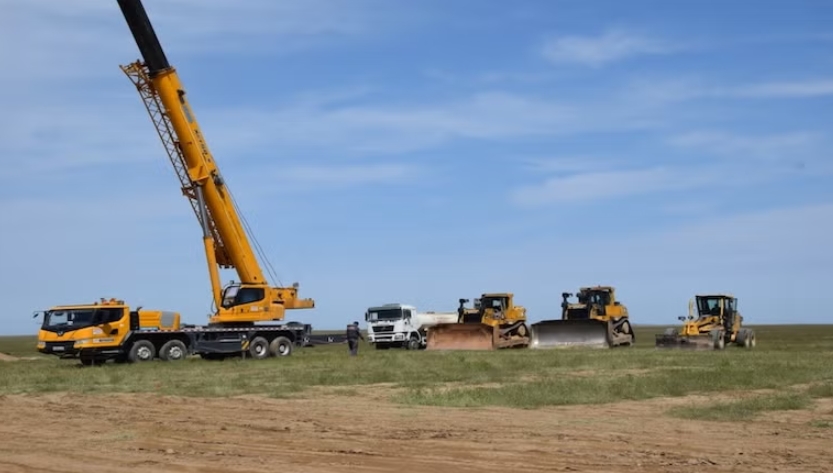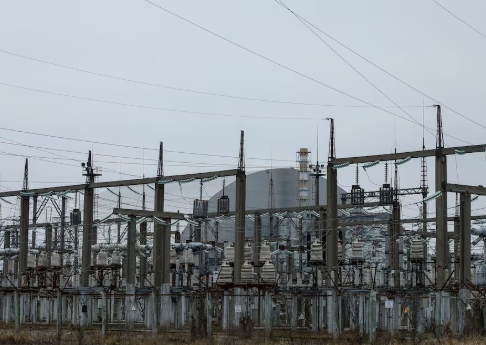The Environmental and Energy Study Institute came out with a really interesting study on how Coal Country can, and must, redefine itself in the energy future that is emerging.
 Coal mining is a way of life in historically coal-producing communities, but that must change if those communities have a chance for a strong economy in the new energy future. NREL
Coal mining is a way of life in historically coal-producing communities, but that must change if those communities have a chance for a strong economy in the new energy future. NREL
While decarbonizing the economy is a driving force for decreasing the use of fossil fuels, the steadily decreasing use of coal in America has occurred because of the favorable economics and unanticipated abundance of natural gas through fracking, and will continue regardless of climate policies or environmental regulations, which have played only a small role.
The world is a different matter. Coal is still increasing in developing countries because if you are a poor country with little infrastructure, all you can do is emplace coal. It is a major factor in China’s ‘One Belt, One Road’ project, their 21st century version of the Silk Road, that plans to build almost $2 trillion of infrastructure in developing countries, making those countries major commercial partners with, and majorly dependent on, China. Coal is at the center of that project’s energy strategy.
But as coal decreases in America, those communities that developed hand-in-hand with coal over a hundred years are hurting and how they transition to another economy is difficult but doable.
The American coal industry is centered in three regions: the Western region, the Appalachian region, and the Interior region. The top five coal-producing states in 2018, accounting for 71 percent of the nation’s coal resources, were Wyoming, West Virginia, Pennsylvania, Illinois, and Kentucky. American coal production peaked in 2008 at 1,171.5 million short tons (MMst), but by 2019, total coal production had dropped to 706 MMst, a drop of 40%.
This trend, along with extensive automation, has wreaked havoc on coal’s workforce, whose size has declined by 39% between 2009 and 2016. The pandemic has also hit this workforce hard. The U.S. Energy Information Administration forecast that coal production would decline by 25% in 2020, and over 6,000 coal mining jobs were lost in March and April 2020 alone.
This article is reproduced at www.forbes.com







